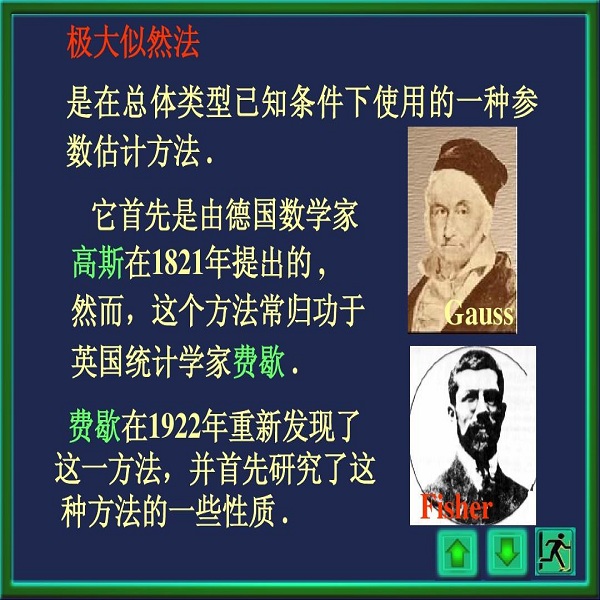We propose a method to assess the sensitivity of econometric analyses to the removal of a small fraction of the sample. Analyzing all possible data subsets of a certain size is computationally prohibitive, so we provide a finite-sample metric to approximately compute the number (or fraction) of observations that has the greatest influence on a given result when dropped. We call our resulting metric the Approximate Maximum Influence Perturbation. Our approximation is automatically computable and works for common estimators (including OLS, IV, GMM, MLE, and variational Bayes). We provide explicit finite-sample error bounds on our approximation for linear and instrumental variables regressions. At minimal computational cost, our metric provides an exact finite-sample lower bound on sensitivity for any estimator, so any non-robustness our metric finds is conclusive. We demonstrate that the Approximate Maximum Influence Perturbation is driven by a low signal-to-noise ratio in the inference problem, is not reflected in standard errors, does not disappear asymptotically, and is not a product of misspecification. Several empirical applications show that even 2-parameter linear regression analyses of randomized trials can be highly sensitive. While we find some applications are robust, in others the sign of a treatment effect can be changed by dropping less than 1% of the sample even when standard errors are small.
翻译:我们建议一种方法来评估计量经济学分析对去除一小部分样本的敏感度。 分析所有可能的一定尺寸的数据子集的敏感度,在计算上令人望而却步, 所以我们提供一个有限抽样度, 以大致计算在下降时对给定结果影响最大的观测数量( 或分数) 。 我们称我们由此得出的指标为“ 近似最大影响影响 ” 。 我们的近似值可以自动比较, 并且为共同估计者( 包括 OLS、 IV、 GMM、 MLE 和变异性贝壳) 工作。 我们对线性变量和工具变量回归的近似提供了明确的有限抽样误差界限。 在最低计算成本下, 我们的度量度提供了精确的有限抽样度, 对任何估计结果的敏感度较低, 因此我们的测量发现任何不易扰动性最大影响。 我们的近似最大误差是由判断中的低信号到噪音率率比率问题驱动的, 没有反映在标准误差中, 我们甚至不会消失为线性选择性错误的精确度分析, 而对于其它的试算结果则会显示高度分析结果。



